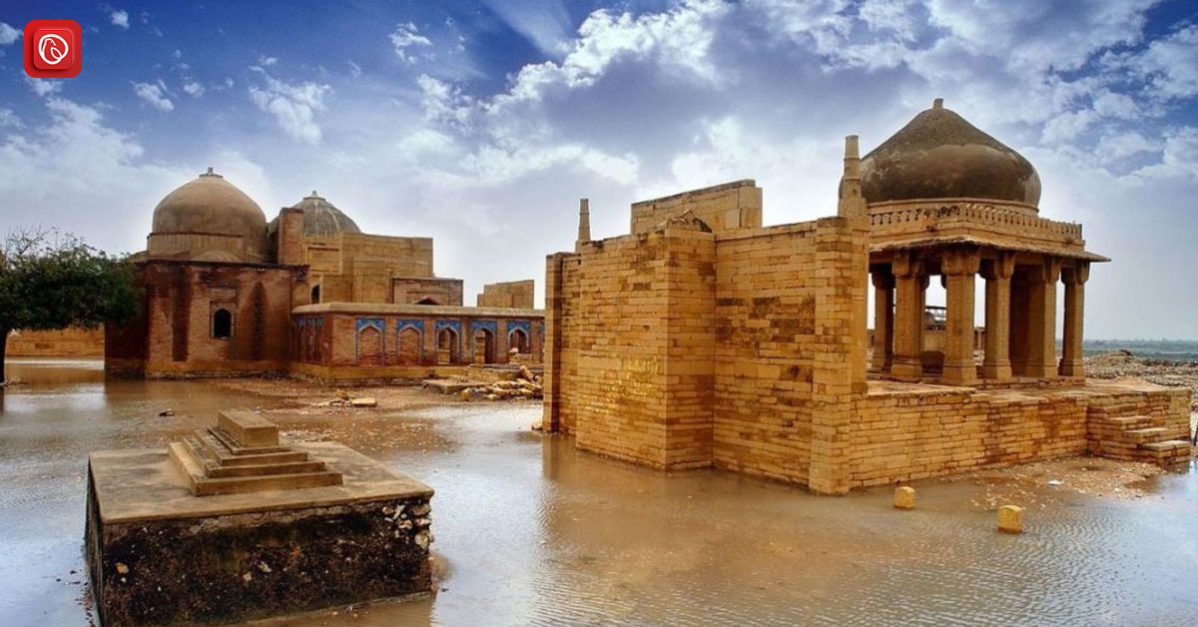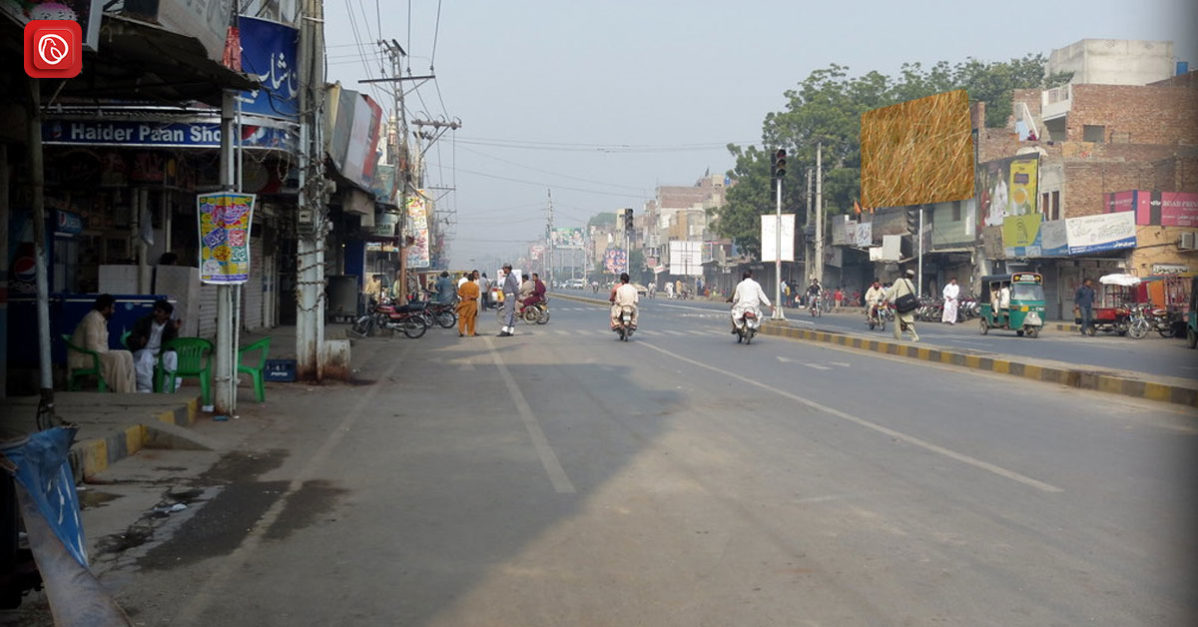Nestled in the Sialkot District of Punjab, Pakistan, Pasrur Tehsil is a captivating region rich in history, culture, and natural beauty.. Let’s delve into the comprehensive details of Pasrur Tehsil, uncovering its origins, historical significance, and notable attractions.
It shares borders with the tehsils of Narowal, Sialkot, Gujranwala, and Daska. With a population of over 840,000 people, Pasrur is a bustling city renowned for its pottery, historical sites, and delectable cuisine.
History
Having a long and fascinating history, it was established in the 11th century by the Ghaznavid dynasty. Over the years, it came under the rule of various powers including the Mughals, Sikhs, and British. During the Mughal era, the city thrived as a significant trading centre and a hub for pottery production.
Pottery
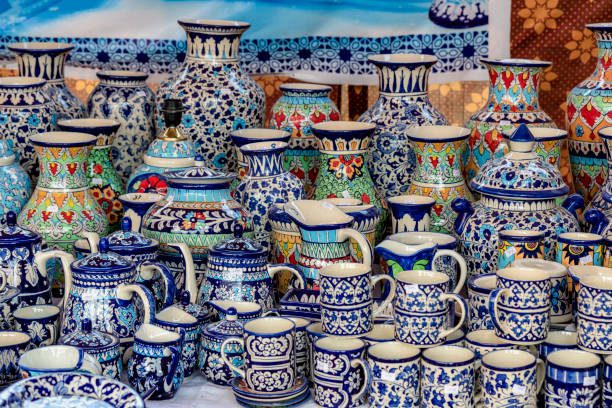
It is famous for its exquisite pottery, crafted from a unique type of clay found in the region. The pottery showcases intricate designs and is commonly used for household items such as pots, bowls, and jars. Pasrur’s pottery is highly regarded and is even exported to other countries, which is why it is considered a hub of handicrafts in Pakistan.
Historical Sites
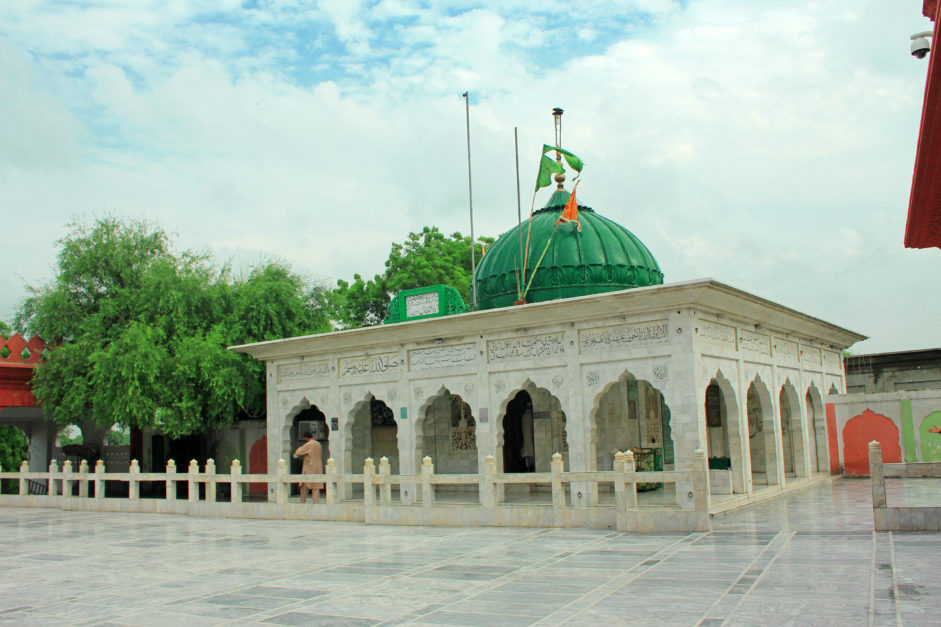
The tehsil is home to several historical sites that offer a glimpse into its rich past. These include the 11th-century Jamia Mosque, the 16th-century Shah Jamal Mosque, and the 17th-century Dargah of Hazrat Shah Jamal. Pasrur boasts forts and ruins, including remnants of the 16th-century Mughal Fort.
Food
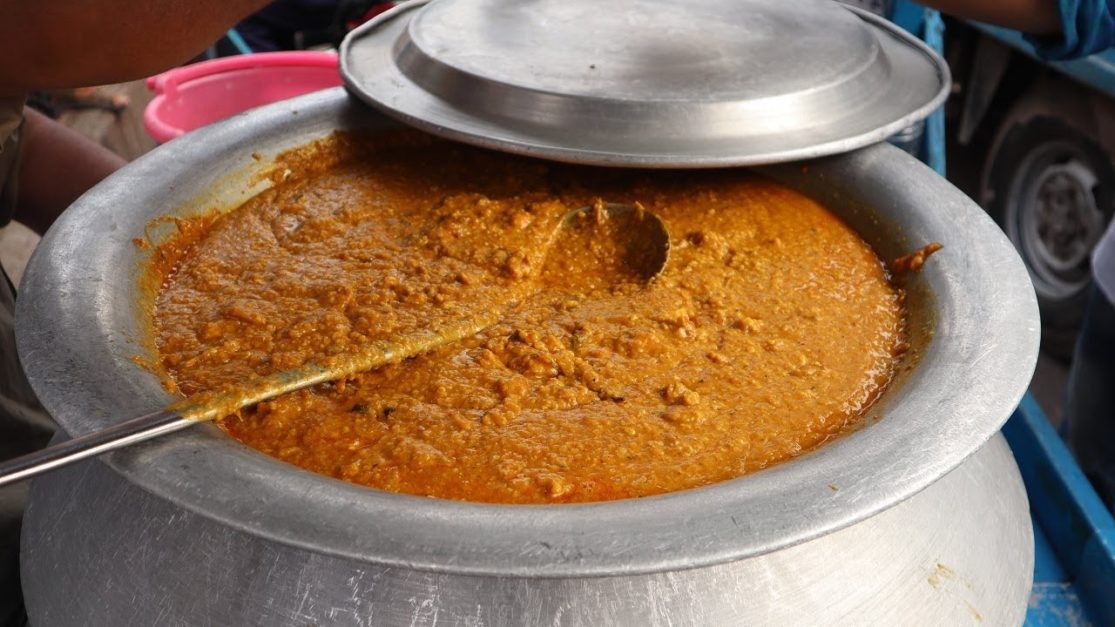
It is renowned for its delectable cuisine. The city offers a range of popular dishes, including biryani, haleem, and nihari. Sweet shops are also worth exploring, offering a variety of traditional Pakistani sweets.
Transportation
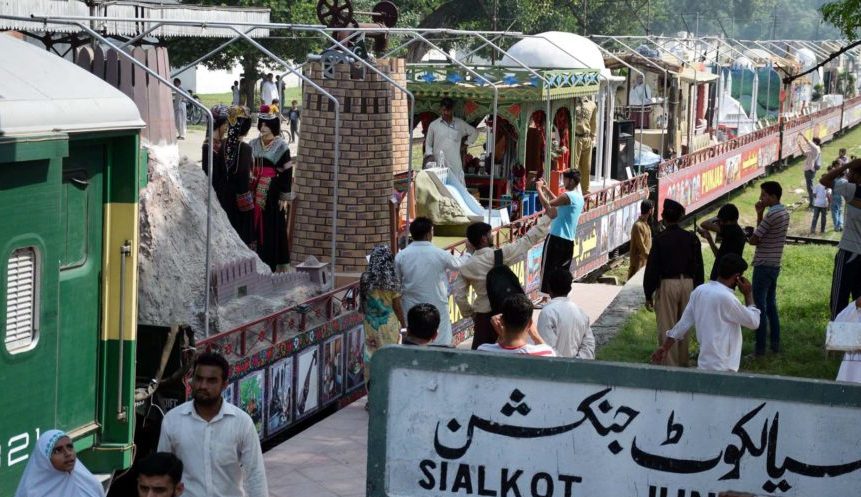
It enjoys excellent connectivity to other parts of the country through road and rail networks of Pakistan. The Gujranwala-Pasrur Road is the main thoroughfare passing through the tehsil, while the Sialkot Railway Station serves as a transportation hub.
Things to Do
Visitors can immerse themselves in a variety of activities. Exploring the historical sites, indulging in pottery shopping, and savouring the local cuisine are highly recommended. Moreover, it serves as a convenient base for venturing into the surrounding countryside.
The Tehsil is a thriving city with a captivating history and vibrant culture. Whether you’re interested in pottery, history, or culinary delights, it offers a fulfilling experience. From its economic sectors to its language and climate, the tehsil encapsulates the essence of Punjab.
Origins and Historical Significance
- Tehsil Creation: During the British rule in India, the administrative center of the tehsil was established in the city of Pasrur.
- Akbar’s Role: During Akbar’s reign as a Mughal emperor, he granted fertile land in Punjab to Raja Maan Singh, a Rajput nobleman. Raja Maan Singh received financial support from a Jain merchant trader in Oshowal, Rajasthan, who was then granted a significant portion of land. This land eventually became Pasrur.
- Pasrur’s Evolution: The Jain merchant brought farmers from his hometown and neighboring areas to develop the land. As a result, a small town began to gradually grow in the region.
- Naming: Pasrur acquired its name when Emperor Jehangir visited the region and became captivated by its wine and beauty. He named it “Pur Suroor,” a name that later transformed into Pasrur.
Geographical and Demographic Features
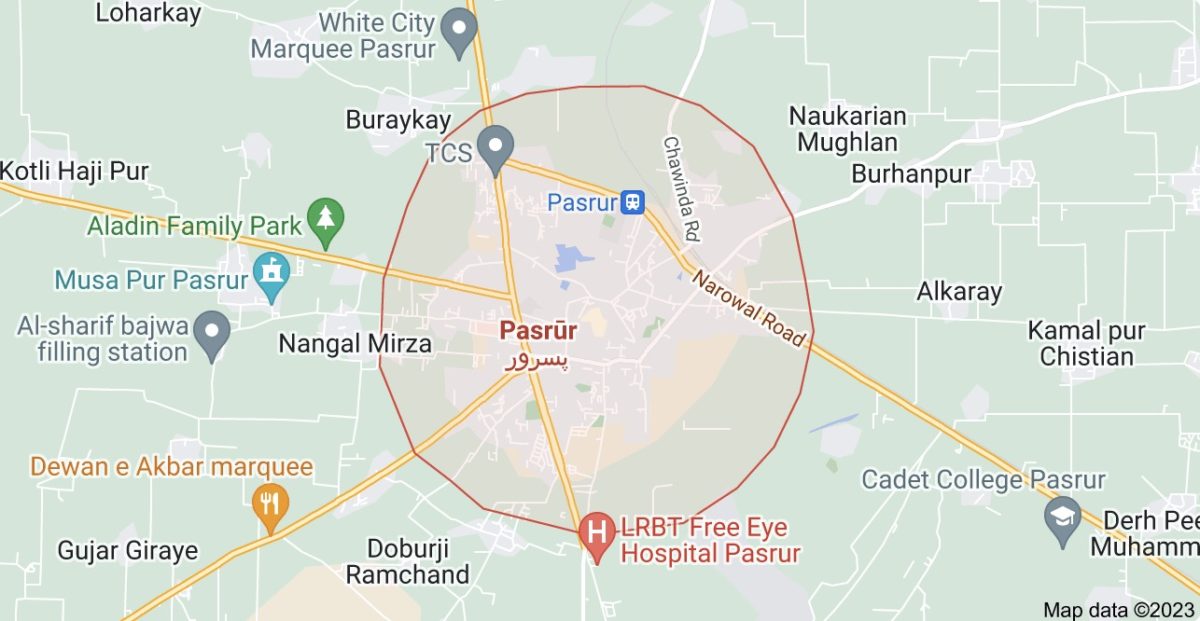
- Location: Pasrur Tehsil lies within Punjab, Pakistan.
- Area: Spanning over 1,016 square kilometres (392 square miles), It encompasses a diverse landscape, including fertile valleys, scenic plains, and lush green fields.
- Population: As of 2017, Pasrur Tehsil had a population of approximately 840,881 people, with a density of 827.6 individuals per square kilometre.
- Urban-Rural Divide: Pasrur Tehsil comprises both urban and rural areas. The urban population is around 121,656, while the rural population is approximately 719,225.
Cultural Heritage and Historical Sites
- Cultural Melting Pot: The tehsil is known for its diverse cultural heritage, influenced by the Mughal, Rajput, and Sikh periods.
- Baba Dharam Dass Tomb: Located outside the boundary, the tomb of Baba Dharam Dass is a revered historical site. This Jain saint’s tomb holds immense spiritual significance for the local population.
- Historical Significance of Pasrur: It played a vital role in the region’s history, witnessing events such as Guru Nanak’s visit during his journeys, Maharaja Ranjit Singh’s conquest, and the British colonial era.
Notable Towns and Union Councils
- Towns: It encompasses three main towns, each with its own distinct characteristics and charm.
- Pasrur Town: Serving as the capital of Pasrur Tehsil, it is the hub of administrative, commercial, and social activities.
- Narowal Town: Situated to the east of it, Narowal Town is an important neighbouring town, known for its historical and cultural heritage.
- Sialkot City: Located to the north, Sialkot City is renowned worldwide for its sports industry and manufacturing sector.
- Union Councils: Pasrur Tehsil comprises 28 union councils, which serve as local administrative units and play a crucial role in the development and governance of the region.
Transportation and Connectivity
- Railway Junction: It is a significant railway junction, connecting various parts of Punjab. It serves as a gateway to Narowal, Sialkot, and Lahore.
- Road Network: It is well-connected through a network of roads, allowing easy access to neighbouring towns and cities.
Additional Details
- The economy thrives on agriculture, pottery, and light manufacturing.
- The primary languages spoken are Punjabi and Urdu.
- The climate features hot and humid summers and mild winters.
- The ideal time to visit is during the spring or fall when the weather is pleasant.
Pasrur Tehsil, with its intriguing history, cultural diversity, and picturesque landscapes, is a destination worth exploring. From its historical sites to its vibrant towns, it offers a glimpse into Punjab’s rich heritage. Whether history, nature, or cultural experiences pique your interest, there’s something to captivate every visitor.
Plan your visit to this hidden gem and immerse yourself in the enchanting beauty. This is all about Pasrur. For more information, visit Graana.com.

